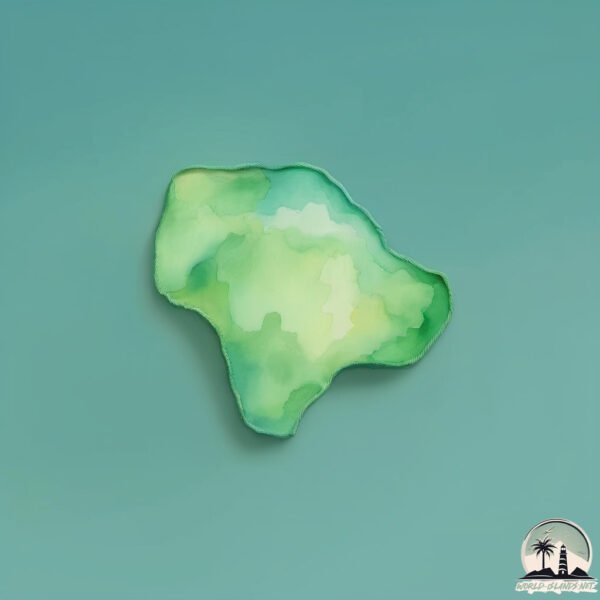Welcome to Knife Island , a Tropical island in the Timor Sea, part of the majestic Indian Ocean. This guide offers a comprehensive overview of what makes Knife Island unique – from its geography and climate to its population, infrastructure, and beyond. Dive into the details:
Geography and size of Knife Island
Size: 0.14 km²Coastline: 1.5 kmOcean: Indian OceanSea: Timor SeaContinent: Oceania
Knife Island is a Tiny Island spanning 0.14 km² with a coastline of 1.5 km.
Archipel: –
Tectonic Plate: Australia – A major tectonic plate covering Australia, New Zealand, and parts of the Indian and Pacific Oceans, known for its relative stability and occasional seismic activity.
The geographic heart of the island is pinpointed at these coordinates:
Climate and weather of Knife Island
Climate Zone: TropicalClimate Details: Tropical Savanna, WetTemperature: Hot
Climate Characteristics: Defined by distinct wet and dry seasons with high temperatures year-round. Pronounced rainfall occurs during the wet season, while the dry season is marked by drought.
Topography and nature of Knife Island
Timezone: UTC+09:30Timezone places: Australia/AdelaideMax. Elevation: 0 m Mean Elevation: 0 mVegetation: Herbaceous CoverTree Coverage: 0%
The mean elevation is 0 m. The highest elevation on the island reaches approximately 0 meters above sea level. The island is characterized by Plains: Flat, low-lying lands characterized by a maximum elevation of up to 200 meters. On islands, plains are typically coastal lowlands or central flat areas.
Dominating Vegetation: Herbaceous Cover
Vegetation: 1 vegetation zones – Minimal Diversity Island
Infrastructure and Travelling to Knife Island
Does the island have a public airport? no .
Does the island have a major port? no .
The mean population of Knife Island is 0 per km². Knife Island is Uninhabited. The island belongs to Australia .
Continuing your journey, Indian is the next notable island, situated merely km away.
I Survived 24 Hours On This Island With Only A Knife
I Try and Survive 24 Hours on a Tropical island with Only a Knife. I have no food, no water and no shelter. Can I make it?
I Survived 24 Hours On This Island With Only A Knife
I Try and Survive 24 Hours on a Tropical island with Only a Knife. I ...
I Try and Survive 24 Hours on a Tropical island with Only a Knife. I have no food, no water and no shelter. Can I make it?
I Survived 7 Days On An Island With Only A Knife
No food, no water on an island full of danger. What I Film With: ...
No food, no water on an island full of danger. What I Film With:
https://amzn.to/43a2Gz9 ➤ NEW PODCAST CHANNEL: ...
#survival on a deserted island
survivalskills with reini rossmann powered by knives4.com #bushcraft ...
survivalskills with reini rossmann powered by knives4.com #bushcraft #lifehacks.
Australia is classified as Developed region: nonG7: Developed economies outside of the Group of Seven, characterized by high income and advanced economic structures. The level of income is High income: OECD.
News – Latest Updates and Headlines from Knife Island
Stay informed with the most recent news and important headlines from Knife Island. Here’s a roundup of the latest developments.
Loading...
Please note: The data used here has been primarily extracted from satellite readings. Deviations from exact values may occur, particularly regarding the height of elevations and population density. Land area and coastline measurements refer to average values at mean high tide.

